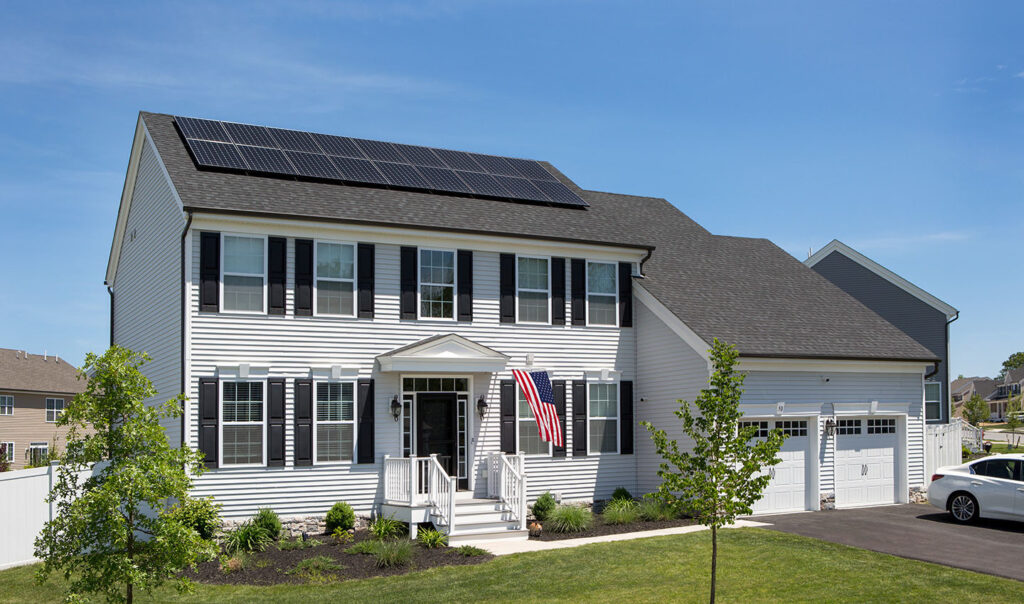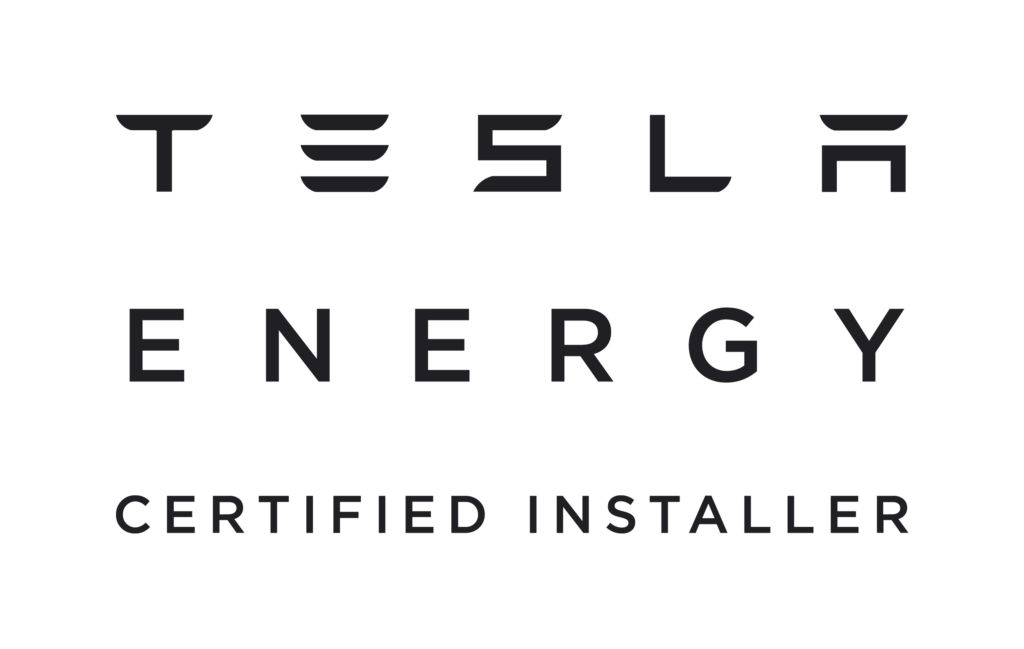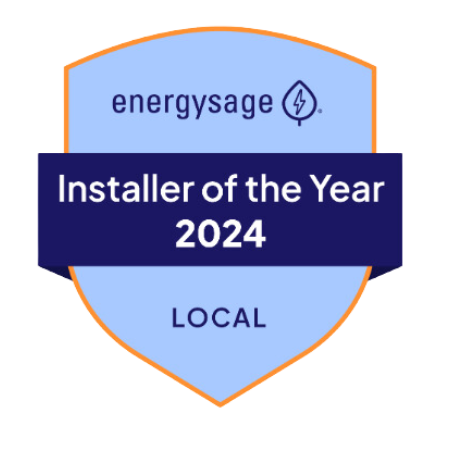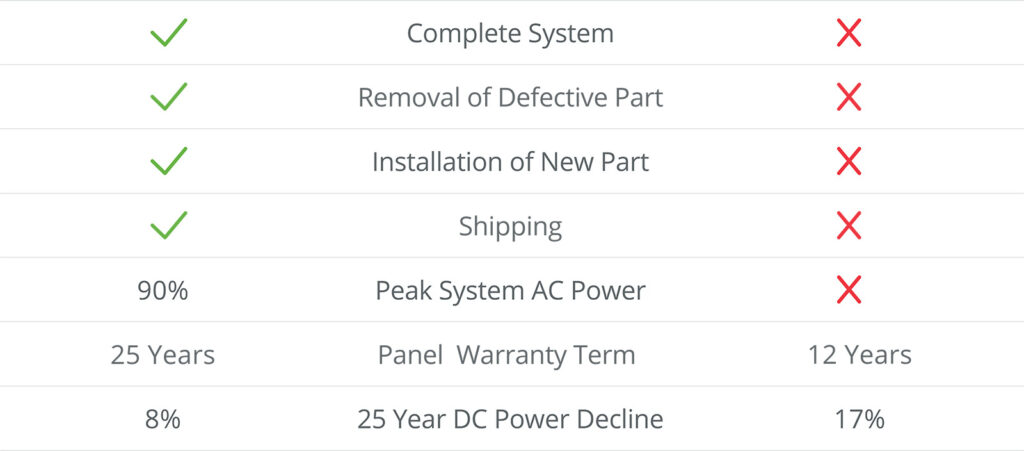Menu
1 of Only 5 NYSERDA Platinum Quality Solar Installers in the State
The Best in Energy Independence





NOT ALL SOLAR INSTALLATIONS ARE THE SAME.
We are 1 of 5 NYSERDA Platinum Status Installers in NY State.
Testimonials
Our Complete Confidence Warranty vs Conventional Solar Warranty

Solar panels create benefits for the environment, as well as for your bottom line. The average sized solar system will perform the same air cleaning work of 8.4 acres of US forest in one year, and lessen our dependence on fossil fuels. And with independent energy, you pocket savings today, as well as decades into the future.
When the sun radiates onto a solar panel, photons from the sunshine are absorbed by the cells in the panel, which creates a magnetic field throughout the layers, and triggers electricity to circulate. The solar cells produce DC (Direct Current) energy, but most people use AC (Alternating Electricity) power in their homes, which leads us to the question… how does solar work?
There is a tool in the solar energy system called an inverter that converts the DC electricity to AC electricity so you can utilize it in your home. Old technology solar systems utilize a single conventional string inverter to change the current. The newest technology utilized by SunPower by NYSSF consists of microinverters on the back of each panel, which allow for a safer, extra effective, and much better warrantied solar system. Microinverters are also recommended for residents living in the northeast where we have to think about tree shade, snow and leaves falling on the panels, given that the microinverters allow each panel to operate independently, and unaffected by the others if one panel gets shaded or stops operating for some reason. With the old technology string inverter, if one panel becomes obstructed by shade, the entire system’s performance reduces, or if one panel goes down, the entire system goes down with it.
The AC electricity produced then flows to your electric panel, and through your home to all of your electric outlets, providing an electric current to power all of your appliances and devices.
The power produced by your solar panels takes care of your requirements in the residence first. Any excess electricity produced by your solar panels causes your utility meter to spin backwards, and flows back to the grid to be used elsewhere. This excess energy is then credited to you, so that when you need energy not currently being produced by your panels, at night, during bad weather days, etc., you have the credits available to cover this usage. This process is called Net Metering.
At night, when the solar panels are not producing electrical energy, your residence will get power from the grid where the electrical energy that your system made throughout the day is stored. From spring through fall, your solar energy system will normally make more power than you utilize. That power continues to accumulate or rollover day after day, week after week, building credits on your utility account. These credits are then used through the winter season, when the production of electricity by the solar panels is reduced because of shorter days, reduced angle of the sun, and snow and leaves on the solar panels.
If for some reason your solar system is not able to produce 100% of your usage needs throughout the year because your roof is small, or too shaded in comparison to how much energy your home utilizes, you will still be able to purchase that extra electricity from the grid as you do today, as solar systems are still grid tied.
This is how solar works to power NYS homes!
The process of going solar begins with a copy of your electric bill, and an exploratory conversation with you.
The electric bill will tell us how much electricity your home uses so that we can appropriately size your solar system.
During the exploratory discussion, we learn more about your home and goals, and any future plans that would increase or decrease the amount of electricity being used.
Your consultant can then prepare an accurate proposal presentation completely customized for your home. We can go over this presentation with you at your home or via video conference. During the presentation we will introduce you to SunPower and NYS Solar Farm and explain what makes us different, educate you on the incentives available to help pay for solar, and on the options and advantages of purchasing or leasing.
After the presentation is completed and you decide to move forward, we will help you to get approved for financing (if applicable) and sign a contract. Additional paperwork will also be prepared, together with an appointment for our technician to perform an inspection of the home to verify production with sun measurements, and ensure the home can support solar both structurally and electrically. After the technician has completed the inspection, the information gathered will be forwarded to our engineers who will then finalize the design for your solar system, and we can prepare the application for your building permit.
Once we receive the building permit, we schedule the job for installation. Actual installations usually take only 1-2 days, and are followed by inspections. The utility then has 7-10 business days to give the homeowner PTO – permission to operate. Once PTO is issued, the system is turned on, and you begin your solar energy journey. Congratulations!
In most cases, the cost of solar will be less than or equal to what you are paying presently for the very same quantity of energy from your utility company. This result is achieved via a monthly loan or lease payment that is less than or equal to your current utility bill.
If you finance your solar system, expect that you will have two electric bills, one for solar and one from the utility. If we are able to cover 100% of your electric usage with solar, the only charges you will pay to the utility are the Basic Service Charge and CBC Charge, which are low monthly charges required of anyone connected to the utility grid. Both your utility supply and delivery charges will be fully covered by solar if we are able to achieve 100% offset. Rest assured, the total amount of these two bills will generally amount to or be less than your current energy bill.
Going solar protects you and your family from the higher than ever electrical rate hikes we are experiencing today, and will more than likely continue to experience into the future. Solar allows you to lock in your energy price in today’s dollars, gives you a predictable expense every month, and can be paid for with the cash you are no longer paying the utility company! You can save money by simply exchanging your utility costs for your solar costs.
The best part is, as soon as your solar loan is paid off, the electricity produced by your solar system is free for the remainder of its expected useful life of forty years!
Exact solar system costs are dependent on several factors, including how much electricity you need to produce, and how much solar energy your home is able to produce. Contact us for a free quote today!
The solar installation process begins with the Technical Home Assessment (THA) or Residence inspection. Our technician will see the house and evaluate, take images and sunlight readings of the roof utilizing our drone. They will also examine and take photos of the attic and also the electrical main service panel. Once the pertinent details are collected, it is sent to the engineers for the design of the solar energy system. The engineers take into account both the electrical code and building codes for the state and town where the property is located.
The actual installation begins with the design of the rails on the roof. The rails are affixed to the roofing and the panels are attached to the rails. The rails are attached straight to the house’s rafters using stainless-steel lag bolts. The steel and aluminum used for installation are made of the finest quality and warrantied for 25 years including labor, including all components utilized by Sunpower by NYSSF.
The solar panels additionally consist of microinverters affixed to the rails making the solar energy system literally part of the house. All wiring and conduit are tucked under the solar panels where possible. We are proud of the superb aesthetic appeals of our end products.
Sunpower by New York State Solar Farm has been acknowledged as a “Gold Status Quality Solar Installer” by New York State Energy Research and Development Authority (NYSERDA) for the past 4 years. We take pride in this acknowledgment mainly because only 1 of 8 installers in the state has bagged this recognition.
According to the EnergySage solar marketplace, most homeowners who invest in solar panels will save between $20,000 and $75,000 on electric bills over their solar system’s life.
The ideal solar scenario is one where you start saving from day one because the loan or lease payment you incur for your solar system is less than your current electric bill. This scenario is a reality for most of our customers, and becomes so for more and more everyday as utility rates continue to escalate at previously unheard-of rates.
There are several factors that contribute to the economics of your solar system and how much you will save upfront and over time, including the orientation of your roof to the sun, whether or not your roof is shaded by trees or other obstructions, your utility’s rates, etc.
For some customers your solar payment becomes a bill swap for what you are currently paying your utility, and thus savings come over the following years as utility rates rise and your solar payments stay the same.
The best part about solar is that once your loan period ends (the average loan term is 15 years,) your electricity becomes free for the remaining life of your solar system, and SunPower panels have a projected useful life of 40 years. That’s a lot of free electricity!
Some customers choose to pay cash for their solar panels, and thus solar becomes a longer-term investment with an average payback period of about 8 years.
There are also several government incentives available that help to reduce your cost of going solar.
Though it is possible to run a home solely on solar power paired with battery backup to store the excess energy produced by the panels, these systems aren’t very practical as they are very expensive, and always at risk of running out of enough power to cover all of your needs. To go fully off grid requires a lot of battery backup power, and batteries usually need to be replaced every ten years or so. For this reason, NYSSF only installs grid-tied solar systems.
Staying connected to the grid, you can still reap all of the benefits of solar by producing all of your own electricity and being in control of your costs, while still being able to take advantage of the benefits of the grid should you need to.
Net Metering allows you to use the grid as the storage mechanism for all of the extra electricity your solar system produces, and use those credits for nights or bad weather days when your solar system isn’t producing energy. Thus, solar panels can still cover 100% of your energy needs even if you aren’t off grid.
The number of solar panels you will need is dependent on many factors. First off, how much electricity do you use in your home on an annual basis? If you use very little, you will only need a solar system comprised of a small number of panels, maybe 10 or so.
If you use a large amount of electricity on the other hand, because you have a large home, or several people living in the home, or electric heat, or you just have a lot of fancy toys like a pool or hot tub, radiant heated floors or an electric vehicle, you will probably need a large solar system.
Other factors that affect how much sunlight your roof receives, like its orientation to the sun (north, south, east or west), the pitch of the roof, and how much shade cover is on the roof from trees, chimneys, other buildings or obstructions also effect the number of panels needed. Someone who has a roof facing directly south with no obstructions or shade may need a much smaller system, for example, than someone who has an east facing roof partially shaded by a large tree, in order to produce the same amount of electricity.
To take the guesswork out of determining how many panels you will need given all of these factors, our experts are happy to provide you with a free design and quote catered to the specifics of your home. Contact us today!
The solar panels we sell at NYSSF are backed by an all-inclusive 25-year warranty that covers power, product, labor and shipping for 25 years. This warranty surpasses anything that any other company offers.
We can offer this warranty because it is so rare that something will go wrong with your system, but if it does, you will be fully covered.
When you purchase a system not covered by the SunPower warranty, common issues come from panel, or more often, inverter failures, resulting in the need for replacement.
All of our products are of the SunPower brand. Most companies use a different brand panel, a different brand inverter, a different brand racking system, and so on and so on. This can create a nightmare situation when something goes wrong and you don’t know which manufacturer to contact under which warranty, etc. More than likely, diagnosis of what the problem is, removal of defective parts, the labor associated with replacement with new parts, shipping of new parts, etc. will not be covered under their warranty like they are with ours.
Other disadvantages of solar could be that not all roofs are great candidates for solar energy because of shade, structural inadequacies, small surface areas, etc. We can not install on slate roofs or some types of metal roofs.
You will also want to ensure your roof is in good condition before you install solar on it so that you don’t have to remove the panels later to replace your roof, and then reinstall them.
Obviously solar panels require sunlight to operate, so they can be hindered by bad weather. Luckily, Net Metering allows you to bank the extra energy your solar produces on sunny days for nighttime and bad weather usage.
Aside from the above considerations, SunPower solar panel installations really require no maintenance, are built to last with an expected useful life of forty years and an all-inclusive 25-year warranty, save you money and the environment, increase your home’s resale value, and allow you to become energy independent, resulting in benefits that far outweigh their costs.
Google Reviews